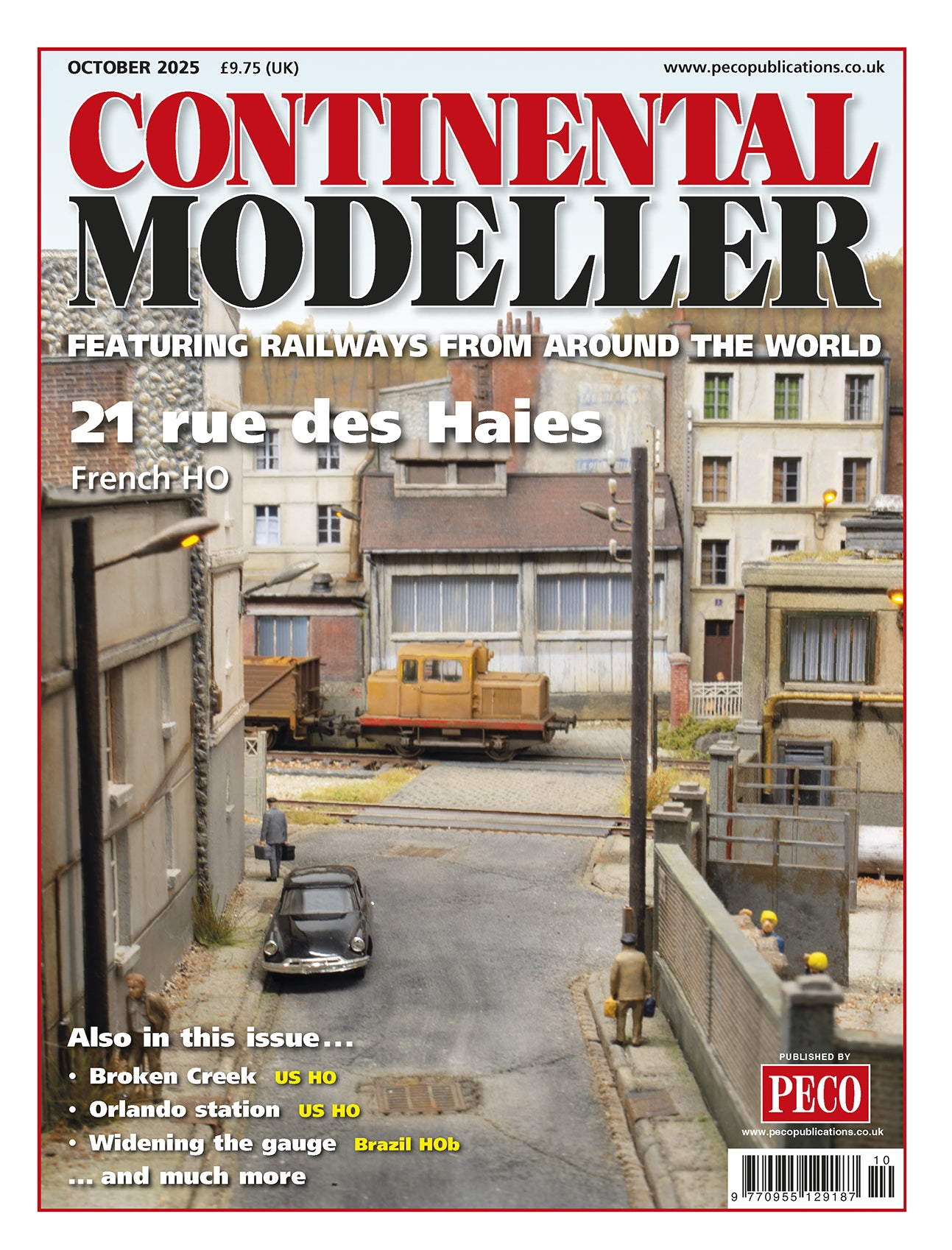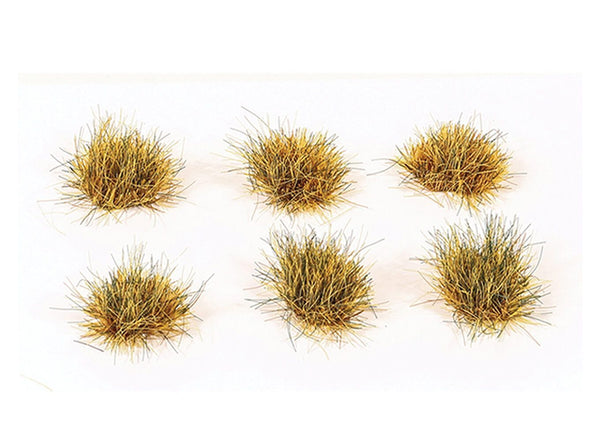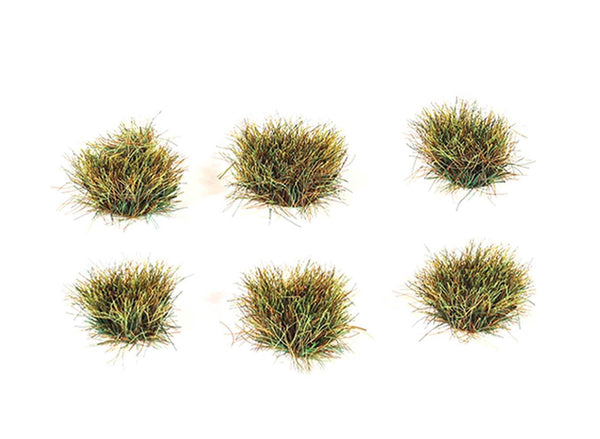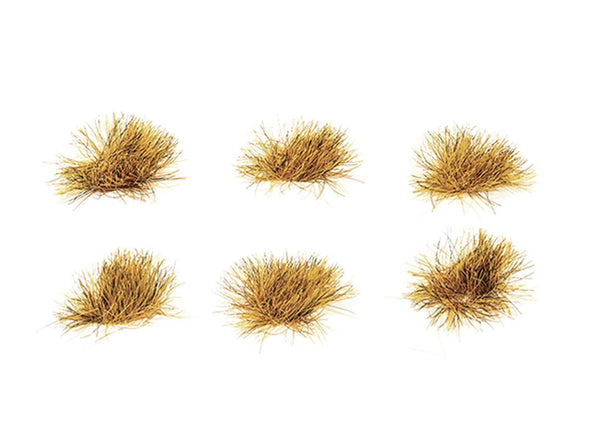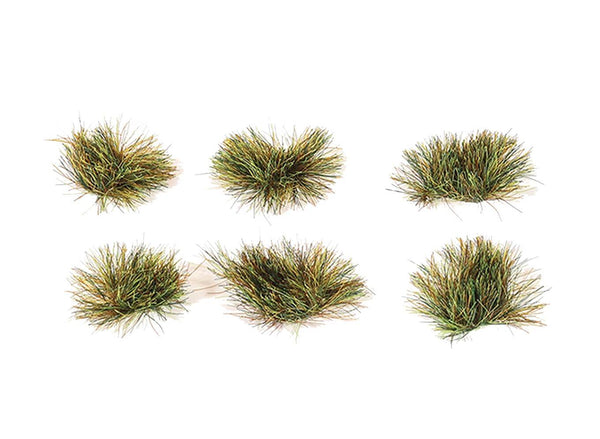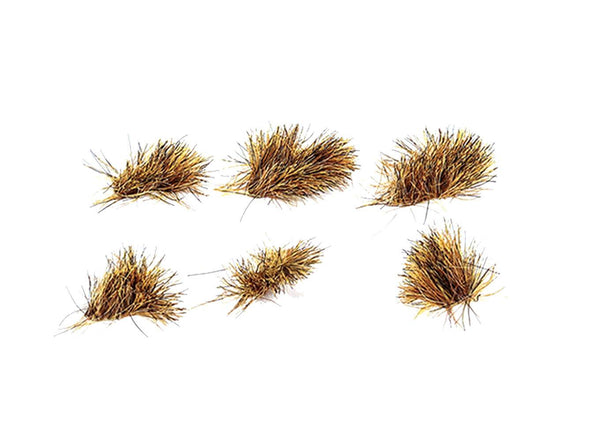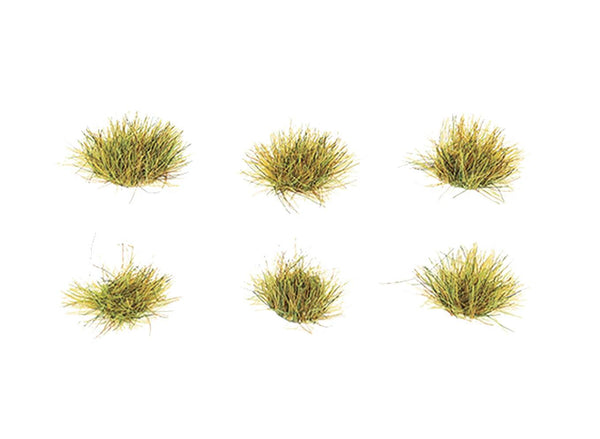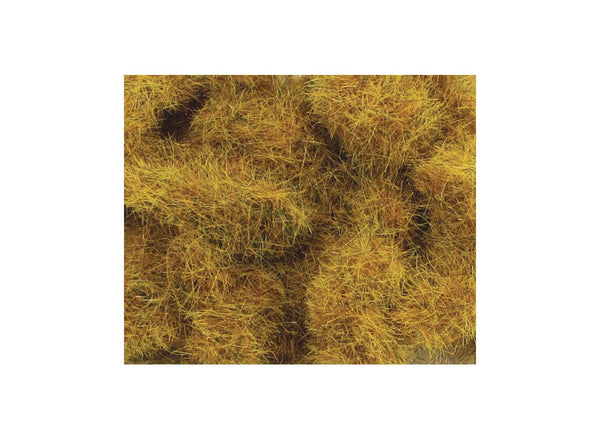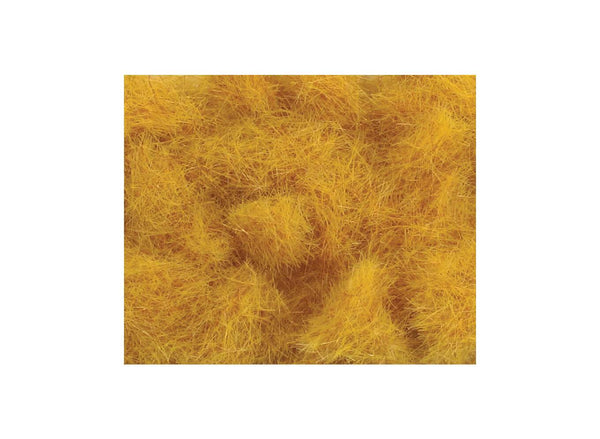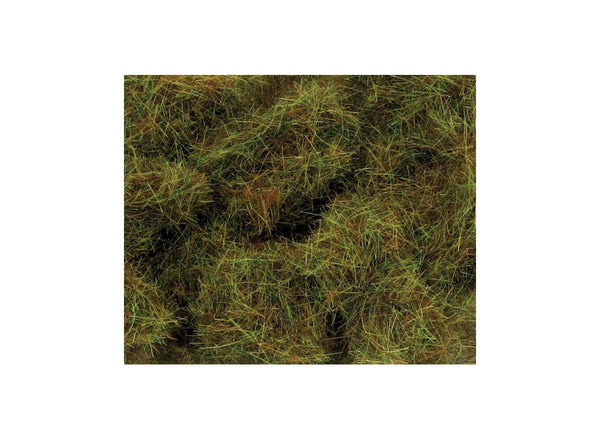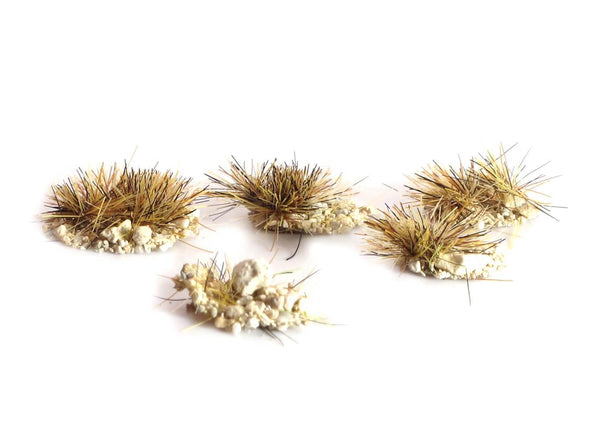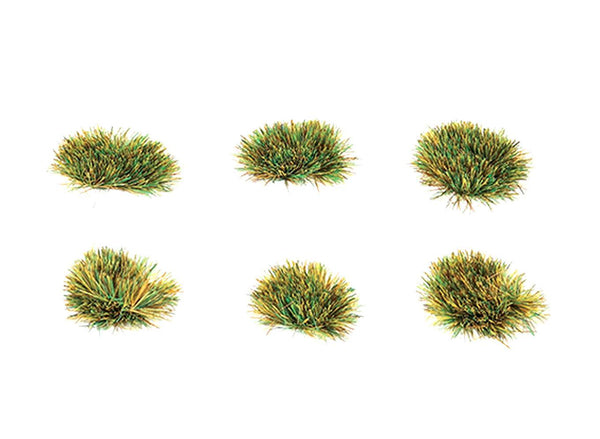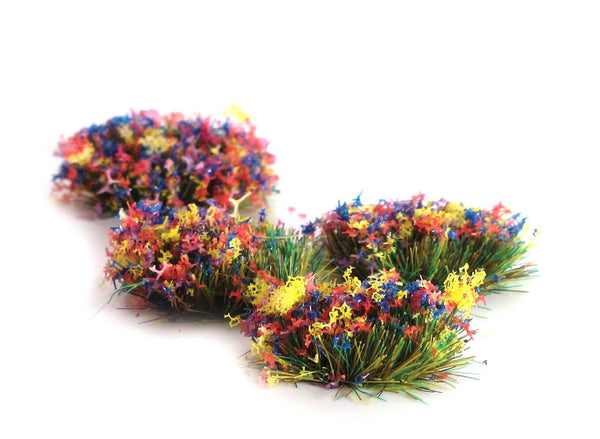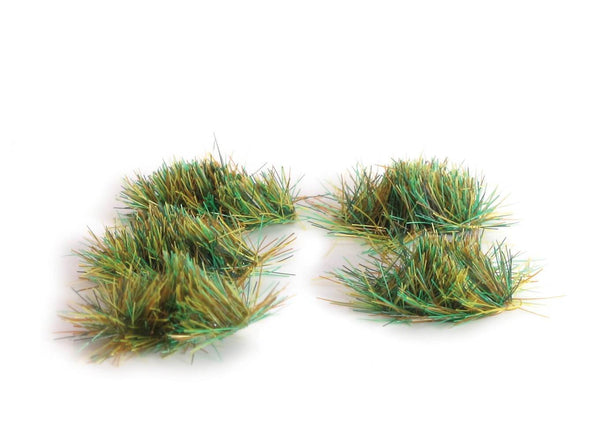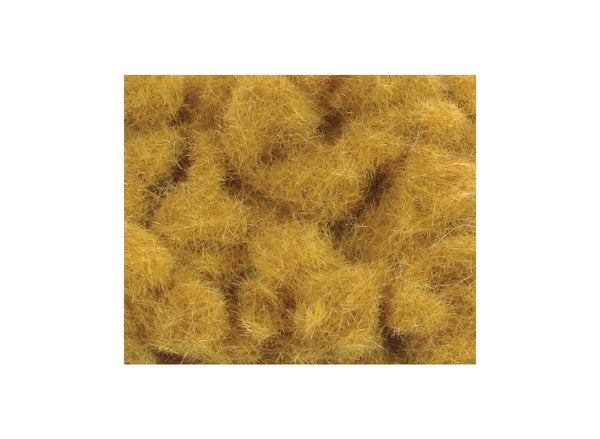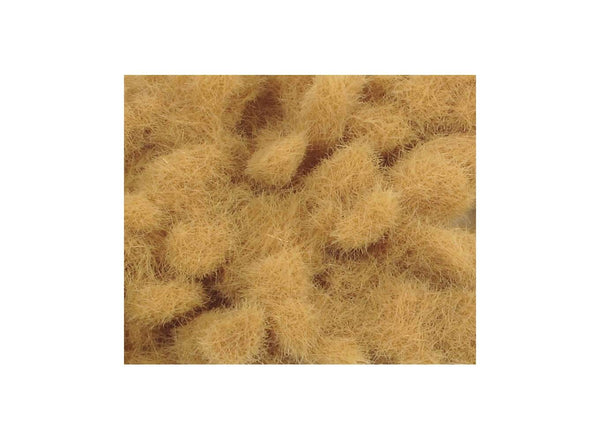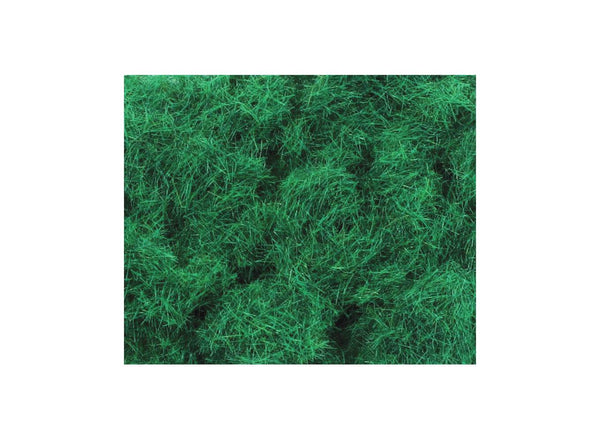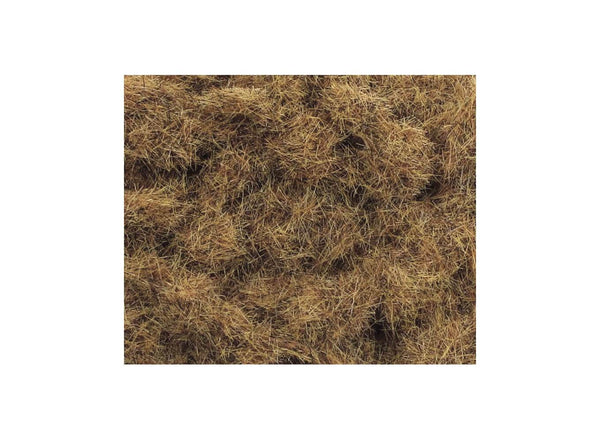BROWSE PECO PRODUCTS
Browse through our complete product portfolio.
2634 Products Found
10mm Self Adhesive Wild Meadow Grass Tufts
These handy packs contain 100 self adhesive ready made tufts, to stick down wherever required on your layout or diorama.
10mm Self Adhesive Autumn Grass Tufts
These handy packs contain 100 self adhesive ready made tufts, to stick down wherever required on your layout or diorama.
10mm Self Adhesive Patchy Grass Tufts
These handy packs contain 100 self adhesive ready made tufts, to stick down wherever required on your layout or diorama.
10mm Self Adhesive Spring Grass Tufts
These handy packs contain 100 self adhesive ready made tufts, to stick down wherever required on your layout or diorama.
6mm Self Adhesive Wild Meadow Grass Tufts
These handy packs contain 100 self adhesive ready made tufts, to stick down wherever required on your layout or diorama.
6mm Self Adhesive Autumn Grass Tufts
These handy packs contain 100 self adhesive ready made tufts, to stick down wherever required on your layout or diorama.
6mm Self Adhesive Patchy Grass Tufts
These handy packs contain 100 self adhesive ready made tufts, to stick down wherever required on your layout or diorama.
6mm Self Adhesive Spring Grass Tufts
These handy packs contain 100 self adhesive ready made tufts, to stick down wherever required on your layout or diorama.
6mm Wild Meadow
The Pecoscene Static Grass range enables modellers to produce realistic fields, grassed areas, moorlands and embankments. The Static Grass Applicators PSG-1 and 2 electrostatically charge the grass filaments so that they stand vertically, regardless of the terrain. Mixing various lengths and colours of grasses can produce highly realistic textures and effects. Our Shows You How Booklet No 13 Detailing the Landscape and Youtube video clips show the effects that can be created.
6mm Hay Field
The Pecoscene Static Grass range enables modellers to produce realistic fields, grassed areas, moorlands and embankments. The Static Grass Applicators PSG-1 and 2 electrostatically charge the grass filaments so that they stand vertically, regardless of the terrain. Mixing various lengths and colours of grasses can produce highly realistic textures and effects. Our Shows You How Booklet No 13 Detailing the Landscape and Youtube video clips show the effects that can be created.
6mm Straw
The Pecoscene Static Grass range enables modellers to produce realistic fields, grassed areas, moorlands and embankments. The Static Grass Applicators PSG-1 and 2 electrostatically charge the grass filaments so that they stand vertically, regardless of the terrain. Mixing various lengths and colours of grasses can produce highly realistic textures and effects. Our Shows You How Booklet No 13 Detailing the Landscape and Youtube video clips show the effects that can be created.
6mm Autumn Grass
The Pecoscene Static Grass range enables modellers to produce realistic fields, grassed areas, moorlands and embankments. The Static Grass Applicators PSG-1 and 2 electrostatically charge the grass filaments so that they stand vertically, regardless of the terrain. Mixing various lengths and colours of grasses can produce highly realistic textures and effects. Our Shows You How Booklet No 13 Detailing the Landscape and Youtube video clips show the effects that can be created.
6mm Summer Grass
The Pecoscene Static Grass range enables modellers to produce realistic fields, grassed areas, moorlands and embankments. The Static Grass Applicators PSG-1 and 2 electrostatically charge the grass filaments so that they stand vertically, regardless of the terrain. Mixing various lengths and colours of grasses can produce highly realistic textures and effects. Our Shows You How Booklet No 13 Detailing the Landscape and Youtube video clips show the effects that can be created.
4mm Self Adhesive Sandy Tufts
These handy packs contain 100 self adhesive ready made tufts, to stick down wherever required on your layout or diorama.
4mm Self Adhesive Spring Grass Tufts
These handy packs contain 100 self adhesive ready made tufts, to stick down wherever required on your layout or diorama.
6mm Spring Grass
The Pecoscene Static Grass range enables modellers to produce realistic fields, grassed areas, moorlands and embankments. The Static Grass Applicators PSG-1 and 2 electrostatically charge the grass filaments so that they stand vertically, regardless of the terrain. Mixing various lengths and colours of grasses can produce highly realistic textures and effects. Our Shows You How Booklet No 13 Detailing the Landscape and Youtube video clips show the effects that can be created.
4mm Self Adhesive Grass Tufts with Flower
These handy packs contain 100 self adhesive ready made tufts, to stick down wherever required on your layout or diorama.
4mm Self Adhesive Assorted Grass Tufts
These handy packs contain 100 self adhesive ready made tufts, to stick down wherever required on your layout or diorama.
4mm Summer Alpine Grass
The Pecoscene Static Grass range enables modellers to produce realistic fields, grassed areas, moorlands and embankments. The Static Grass Applicators PSG-1 and 2 electrostatically charge the grass filaments so that they stand vertically, regardless of the terrain. Mixing various lengths and colours of grasses can produce highly realistic textures and effects. Our Shows You How Booklet No 13 Detailing the Landscape and Youtube video clips show the effects that can be created.
4mm Golden Wheat
The Pecoscene Static Grass range enables modellers to produce realistic fields, grassed areas, moorlands and embankments. The Static Grass Applicators PSG-1 and 2 electrostatically charge the grass filaments so that they stand vertically, regardless of the terrain. Mixing various lengths and colours of grasses can produce highly realistic textures and effects. Our Shows You How Booklet No 13 Detailing the Landscape and Youtube video clips show the effects that can be created.
4mm Straw
The Pecoscene Static Grass range enables modellers to produce realistic fields, grassed areas, moorlands and embankments. The Static Grass Applicators PSG-1 and 2 electrostatically charge the grass filaments so that they stand vertically, regardless of the terrain. Mixing various lengths and colours of grasses can produce highly realistic textures and effects. Our Shows You How Booklet No 13 Detailing the Landscape and Youtube video clips show the effects that can be created.
4mm Pasture Grass
The Pecoscene Static Grass range enables modellers to produce realistic fields, grassed areas, moorlands and embankments. The Static Grass Applicators PSG-1 and 2 electrostatically charge the grass filaments so that they stand vertically, regardless of the terrain. Mixing various lengths and colours of grasses can produce highly realistic textures and effects. Our Shows You How Booklet No 13 Detailing the Landscape and Youtube video clips show the effects that can be created.
4mm Dead Grass
The Pecoscene Static Grass range enables modellers to produce realistic fields, grassed areas, moorlands and embankments. The Static Grass Applicators PSG-1 and 2 electrostatically charge the grass filaments so that they stand vertically, regardless of the terrain. Mixing various lengths and colours of grasses can produce highly realistic textures and effects. Our Shows You How Booklet No 13 Detailing the Landscape and Youtube video clips show the effects that can be created.
4mm Patchy Grass
The Pecoscene Static Grass range enables modellers to produce realistic fields, grassed areas, moorlands and embankments. The Static Grass Applicators PSG-1 and 2 electrostatically charge the grass filaments so that they stand vertically, regardless of the terrain. Mixing various lengths and colours of grasses can produce highly realistic textures and effects. Our Shows You How Booklet No 13 Detailing the Landscape and Youtube video clips show the effects that can be created.



